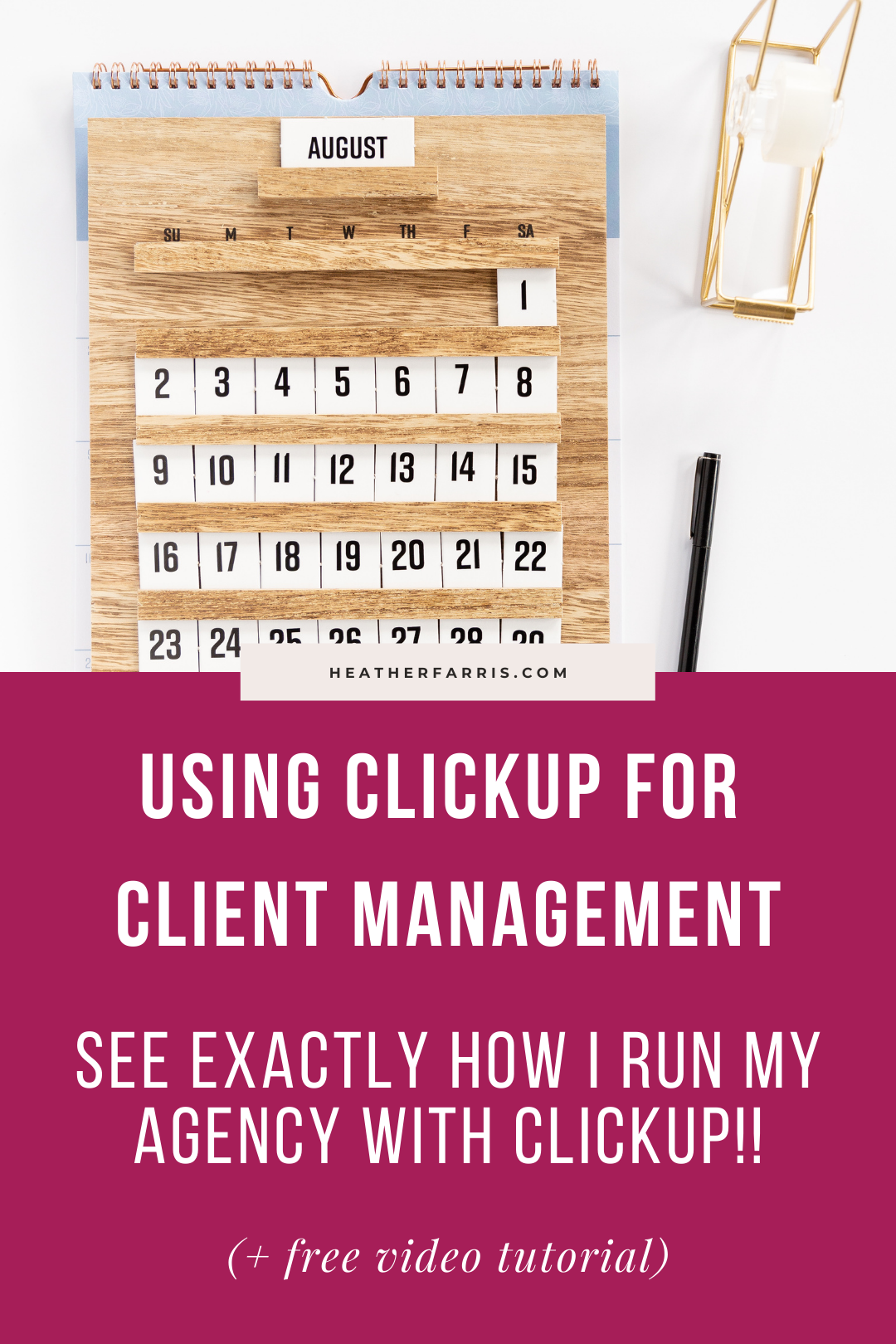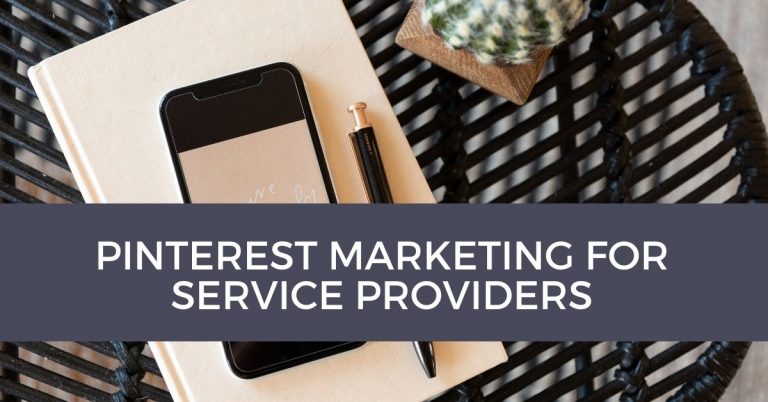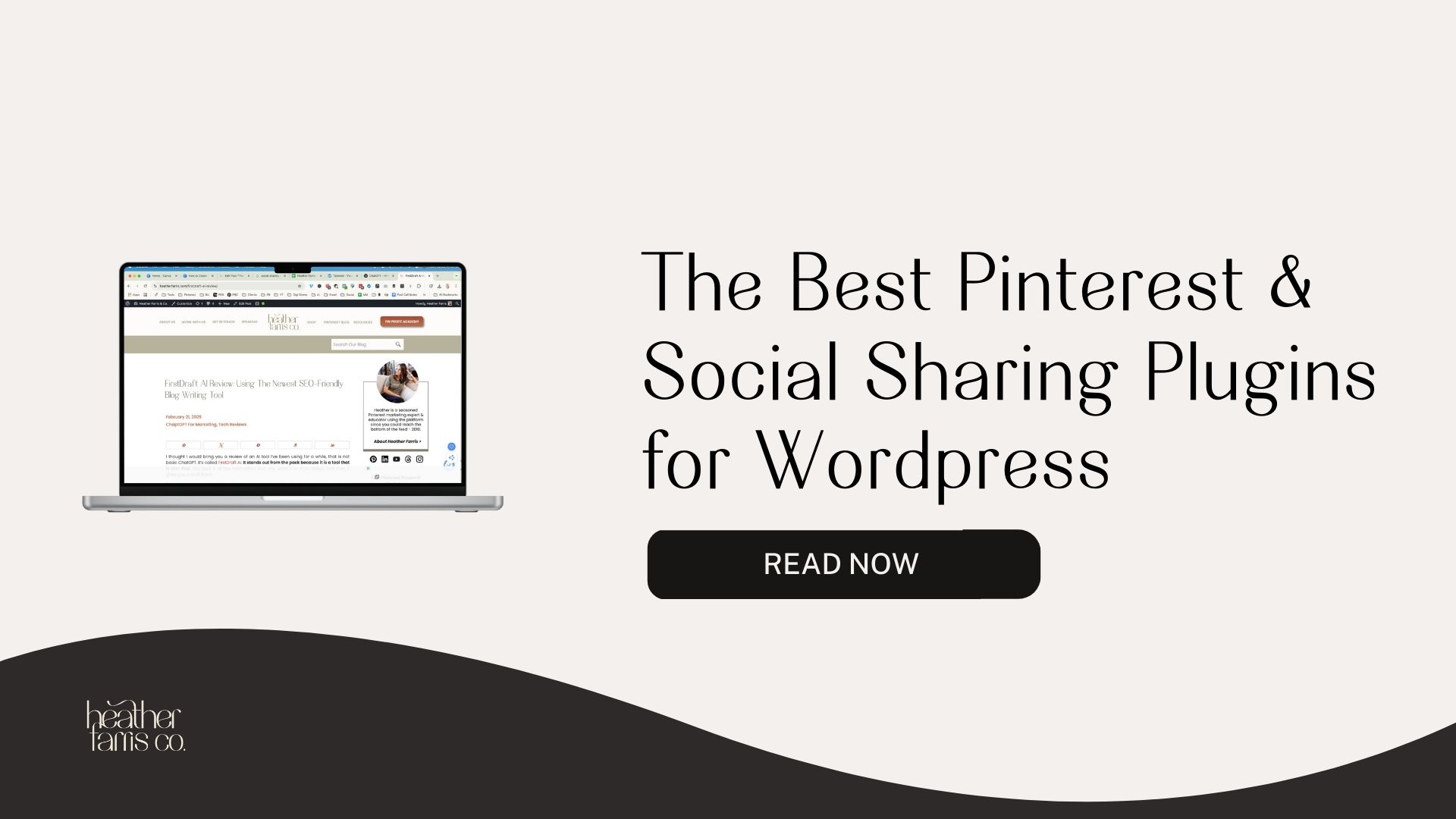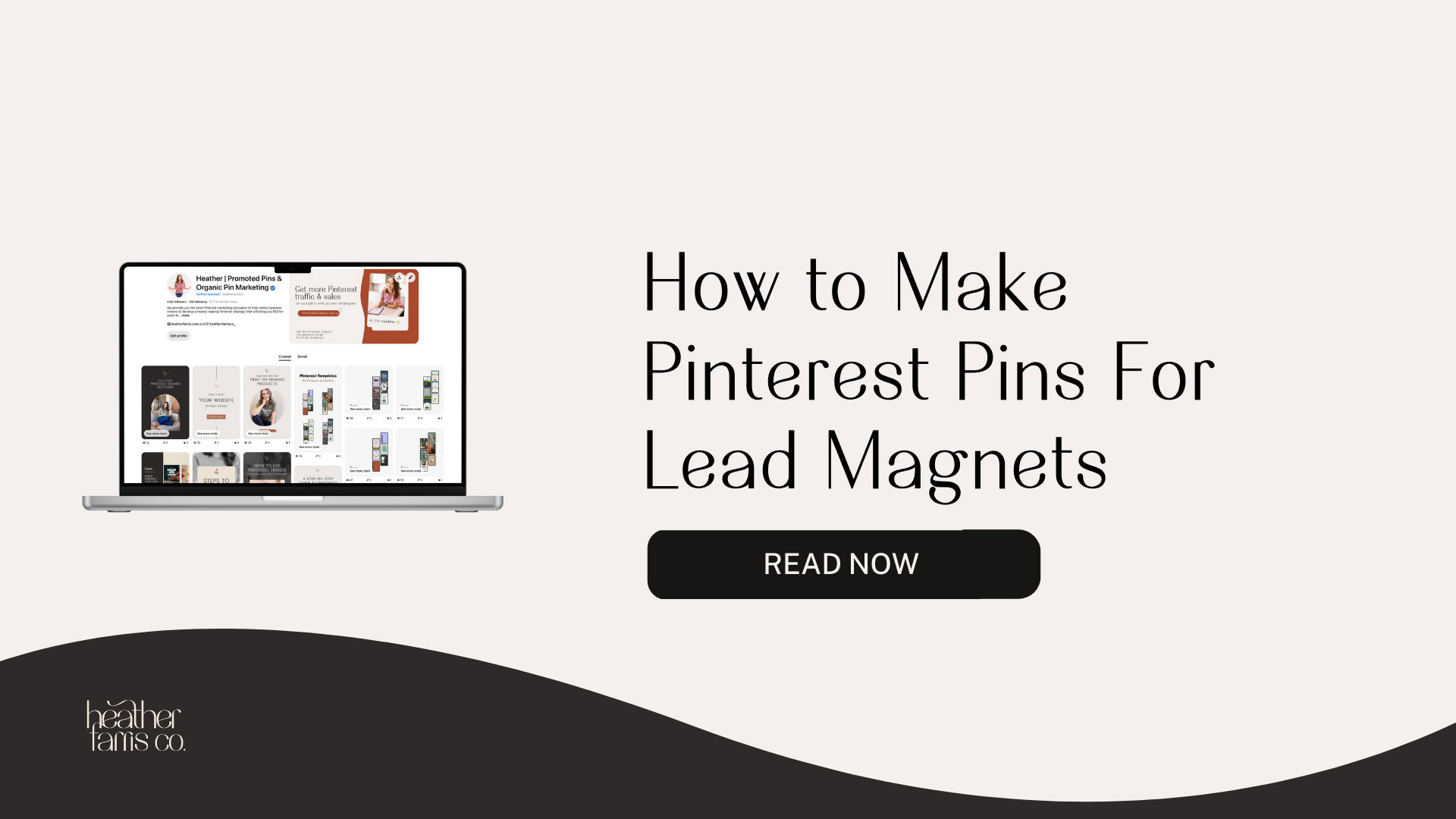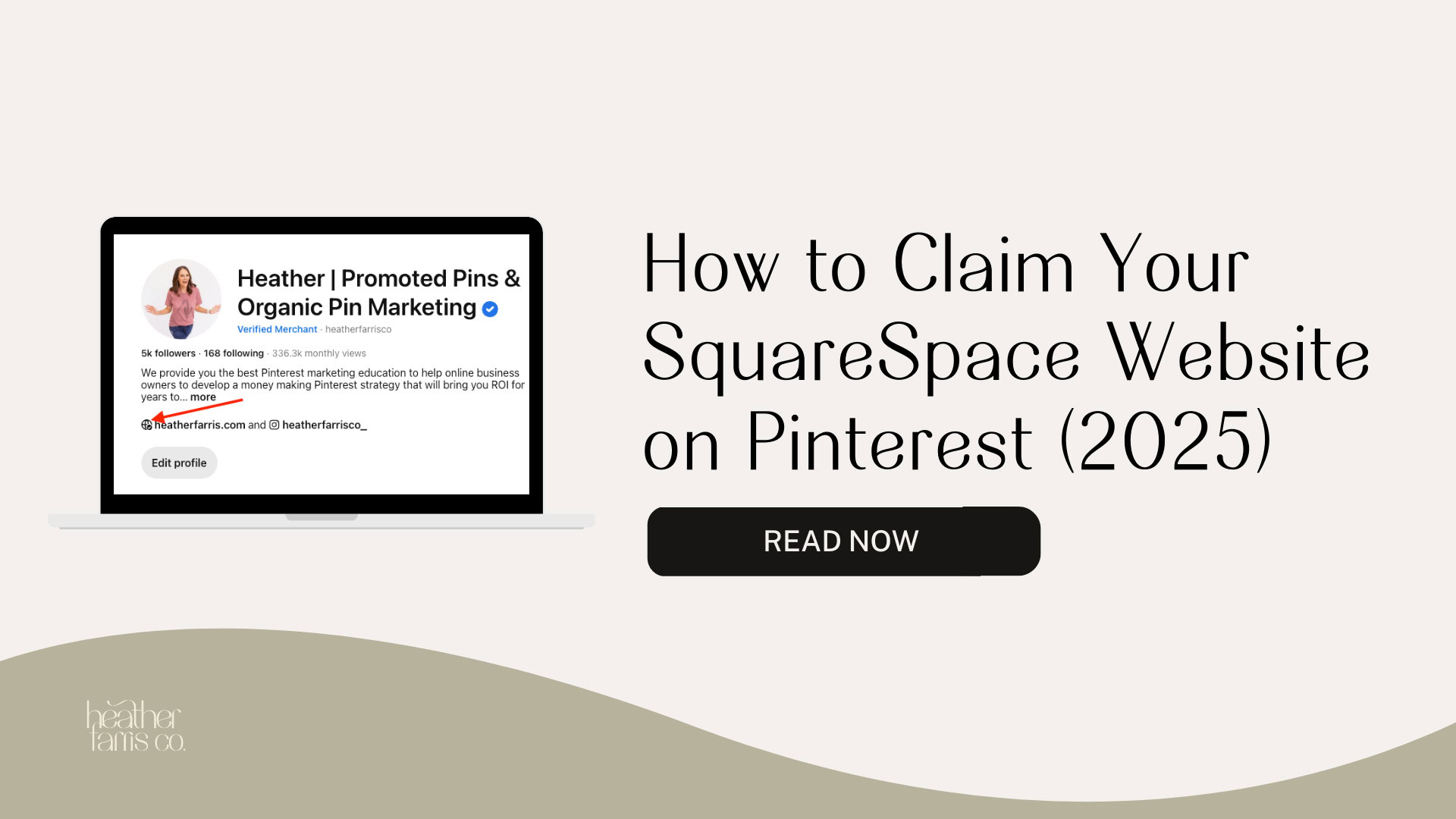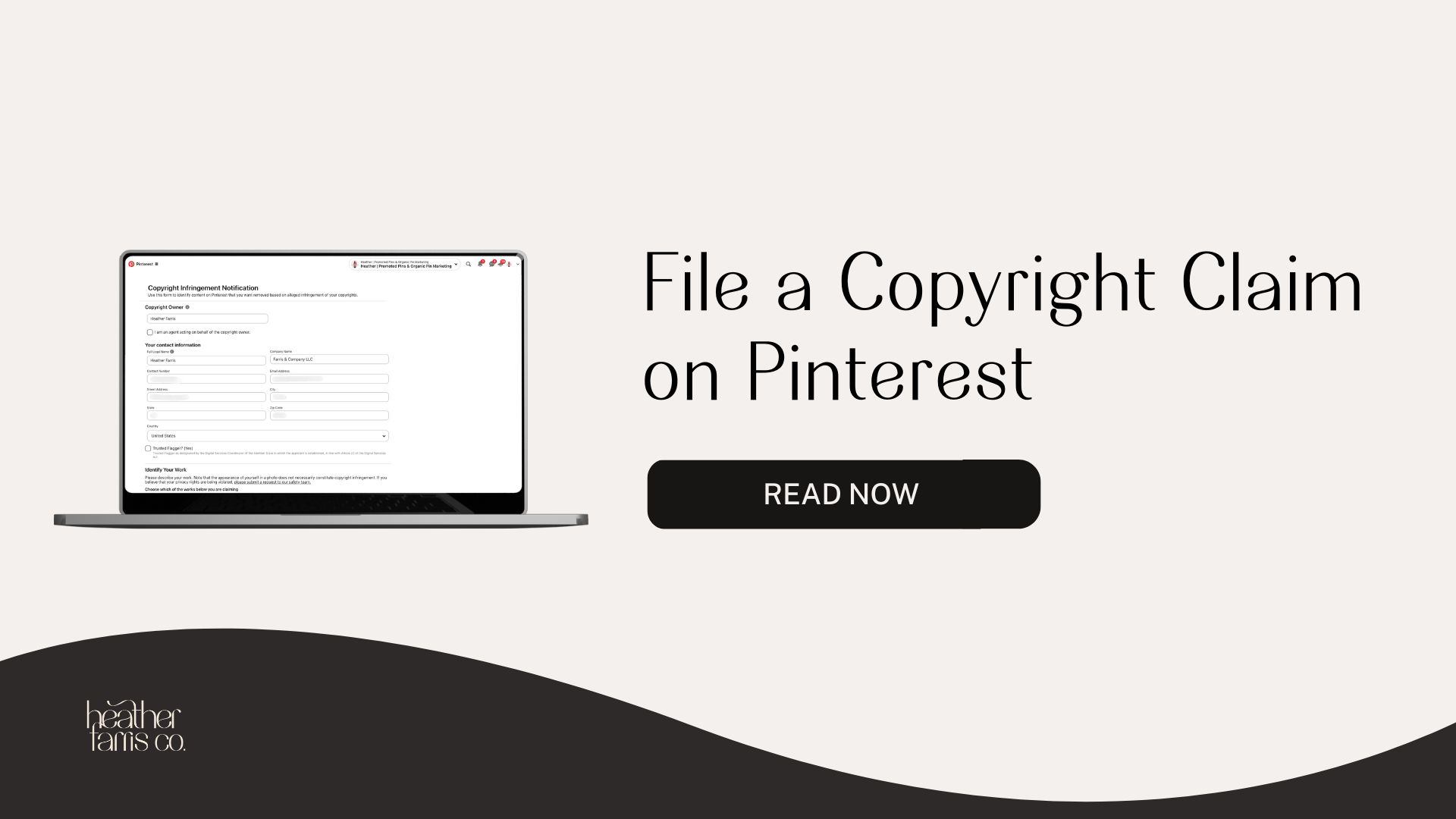Heather is a seasoned
Pinterest marketing expert & educator using the platform since you could reach the bottom of the feed - 2010.
About Heather Farris >
Using ClickUp for Client Management
September 17, 2021
Did you know you can use ClickUp as a client management tool too?
Overtime with using ClickUp I have upgraded from the free level, to the mid-level, and then the highest level. Let me tell you why.
I was looking to get away from using Trello because I needed something more robust. I started with the free level of ClickUp, but I stopped using it because I felt like it got too complicated too fast. At that time, It was just too much to learn for me.
But I eventually came back to ClickUp during the 2020 pandemic and I added in one of my team members. She is very visual by nature and is a graphic designer. So I let her help me build a system for our clients and communicate within it together. It worked out much better than I imagined.
I started with the $5 per month plan, which allowed me to embed Google Drive links and connect things to it. Then, on Black Friday, ClickUp gave me a smoking hot deal to upgrade to the next tier for $67 for a year.
My friend Nicole said that the reason she upgraded was that she really enjoyed having more branded content. She liked having her logo, name, and colors on forms. She could do more automation and customisations.
For my YouTube channel, I like to track what quarter of the year things are going to be published in. I want to track what the topic is and whether it is a collaboration or not. That way, I can make sure I’m not creating useless content that you all don’t want to hear about.
For me, it was a no-brainer to upgrade to ClickUp even though I am a solopreneur. I have a VA, and I have a team, but I am also able to use ClickUp by myself.
I recently had a great conversation on YouTube with Nicole and answered a lot of questions for her and her audience. Then we dug into using ClickUp for Client Management.
**This video Clickup for Beginners will get you caught up if you’re brand new to Clickup. See farther below in this post where I’ll go through a video tutorial on deeper specifics for Agencies.
How do you share ClickUp with your team?
It’s a doozie when you first get started. But it doesn’t have to be. We can start simple even if we are using our team members inside of ClickUp.
The hierarchy of ClickUp is:
- Spaces
- Folders
- Lists
You can add members to folders and lists individually but not spaces. Spaces house the folders, and then you can have the lists in each folder.
This is how I have my ClickUp setup. I have a Farris and Co HQ space. Inside this space, I have folders for each organic and promoted pin client we serve in my agency.
Each team member assigned to each account has access to only the individual list they need access to.
Within the list of each client, we have a myriad of different things.
How do you share things with a guest vs. a paid member in your ClickUp?
You can pay for additional team members to get inside of your ClickUp. I actually pay for my main assistant Becky to have admin access. I need her to have full admin access if I am on vacation for some reason.
She needs access to everything that I have access to. So if there is an assistant that needs access to a list or if someone offboards, she can deal with the situation when I am away.
That is the reason I have a team member that I pay for to have access. I think this is excellent insurance to have.
How can you protect lists or folders you don’t want to share?
I have Becky as my only paid member in my ClickUp. For everyone else that comes into ClickUp, we have guest seats. For every paid membership, you get five to seven guests seats.
Your guest members can have full edit access to lists that you assign them to. So that’s where I add all of my additional assistants.
My video editor has access to my marketing list. My writer has access to my marketing list. My Pinterest assistants have access to my client lists that they need to have access to. So, they have full edit access to the lists individually but not full admin access.
None of them can see all of the spaces, or billing, or anything extra I have set up inside ClickUp.
I have a lead generation specialist that I work with. She creates some content for me, so she can see what podcasts I have been on.
That way, she can use that in the content creation process. It’s not something I need to pay for. She also does not need edit access, but she needs to view it.
So if you want someone to view something, you can share it with specific people. You can also do a public setting, if you are comfortable with it, so anyone can see certain things.
Do you allow your clients inside your ClickUp?
Not at all. But you may want to allow your clients inside of ClickUp for certain reasons. It depends on how you work with your clients and what that looks like in your business.
We provide a wide glove service to our clients. This means we do everything from research to image creation to actually implementing and scheduling their Pinterest queue. There is no reason for them to be inside of ClickUp to be seeing, interacting, moving things around, or deleting items related to our business workflows.
So that space is solely for my team and me to manage their accounts and communicate outside of email. That way, if we mention anything or anything is said, it is safe. The client doesn’t have eyeballs on it.
How do you use ClickUp for Cient Management?
In this video tutorial, I’ll show you how to use ClickUp for simple client management.
Onboarding Clients
1. Setting up a list
In my ClickUp, I created a list the way I want it and then save it as a template. That way, when we onboard new clients, everything is in there, including subtasks, checklists, etc. that we need for every client.
To create a new list, I will go into the Templates Center and browse templates. It’s going to add a brand new list. We are going to click Use Template. Then you can name the list.
2. Customize with client name and attachments
You can customize the import. I am just going to say import everything and then click Use Template.
After a few seconds, your new list will show up under Lists on your screen. This list will have just the things that this template came with. It does not have the extra views that we need to add.
So, one of the very first things that I do is go to View and add an Embed. I am going to pull in my Google Doc sheet.
PRO TIP: If you are embedding anything Google Docs-related, the embed has to be set so anyone on the internet can edit this document. Otherwise, it will not embed into ClickUp, and you can’t edit the document inside of ClickUp itself. You are not going to be able to see it. So make sure you have those settings created when you use that share button.
Paste your link and click Add View.
3. Link client hub and folders
If you click that link, you will see the spreadsheet that we have attached. We create one of these for all of our clients. This embeds itself right inside this document in this ClickUp list. Then I just edit and rename it.
We work with clients out of this spreadsheet, and we don’t work with clients inside of ClickUp. So we like to embed this sheet into ClickUp.
Another view that you can add that is fairly new to ClickUp is the chat view. Click add view and then add chat. You can now have an entire conversation outside of slack about whatever it is about this client inside of their list.
Now let us hop back to our Board view because we have to settle a few things.
We are going with an example of client onboarding, assuming that they are only onboarding for organic pinterest services.
Our first list is all the things that we need to do for them when they get onboarded. These include:
- Onboarding in Dubsado
- Create google drive for clients for internal use only.
- Create spreadsheet from template
- Create and fill out onboarding doc in their list
- Brainstorm keywords for optimization and marketing
This Week and Next Week are for the tasks that have to be done and task reminders.
If there are Pin designs that we are creating, we will link them under the Pin Designs list. If the client ever needs the file, we can download it and send that to them.
Any Pin descriptions that we are writing for clients for specific products that we want to reuse or build on later, we save those under Pin Description.
Any keyword research you want to save, we save that under the Keyword Description list.
RELATED: How to use Pinterest Marketing for Service Providers
Delegating Inside of ClickUp
1. Automations for recurring tasks
I know I told you that we use recurring tasks, so let me show you how. All you need to do is add your tasks, and then you go into the task. Click the due date icon and click set recurring. You have a couple of options, including weekly, monthly, yearly, or custom.
We usually set monthly on the same day of each month.
Then you can choose whether you want to create a new task and how long you want the task to recur.
When the task recurs, you want it to change the status to This Week. Then you click save.
The small recycle icon will show you that the task will recur on a specific date of every month.
2. Edit statuses
Another thing that you might want to do is edit your statuses. Once you build out your template for the first time, you can make it a template, and you will not have to do this again.
All the items on the top are technically not lists; they are statuses. You can edit your statuses and can choose the templates that they have for you, or you can add new statuses.
You can choose a name. The color icon will pop up automatically. You can select a particular color for that status and click save.
You will notice that the status pops up on your board.
Another thing that you can do if you don’t want to look at all the statuses at the same time is that you can collapse columns temporarily.
3. Assigning Tasks
Let’s talk about assigning tasks now.
Anytime I create a list, I give it to my assistant. Generally speaking, they are in control of the list of their clients.
I go in to check that the tasks they are doing for their client are on track. If anything is lacking or there is any communication that needs to be done, that’s where I come in as the leader in that relationship.
But typically speaking, when I am onboarding a client, I assign team members to actual tasks that I need them to do.
For example, if I need to brainstorm keywords and audit the Pinterest account, and create a graphics plan, I assign my assistants to these tasks. And then, I assign myself to the tasks that I need to do.
So this is how you assign tasks to your team members quickly when they are working
4. Comments
You can also communicate with each other inside of the task. Inside of each task, you can actually create and communicate with your team members. You can tag team members.
You can also write a comment and assign that comment to a team member.
You can also use the resolve button. If a task is assigned to you and you finish it, you can click the resolved button.
You can also comment on a comment, and the thread can continue. You can also remind yourself about this comment or the task on a specific day.
For example, if an assistant asks me about something and I say that I will resolve it by a particular day, then I can click remind me that day to ensure that I get it done on time. This way, you do not forget or lose things.
5. Notification Screen
The last thing I want to show you is the notification screen. The notification screen is where everything lives. You can filter your notifications by All, Assigned to me, and Mentions.
If there is any notification to which you have to respond, you can click on comments and add your comment.
Final Thoughts
If you want to grab access to ClickUp, you can use this free tool or upgrade as Heather and Nicole have. Just click here.
This way, you can start implementing ClickUp within your business.
Pin It For Later
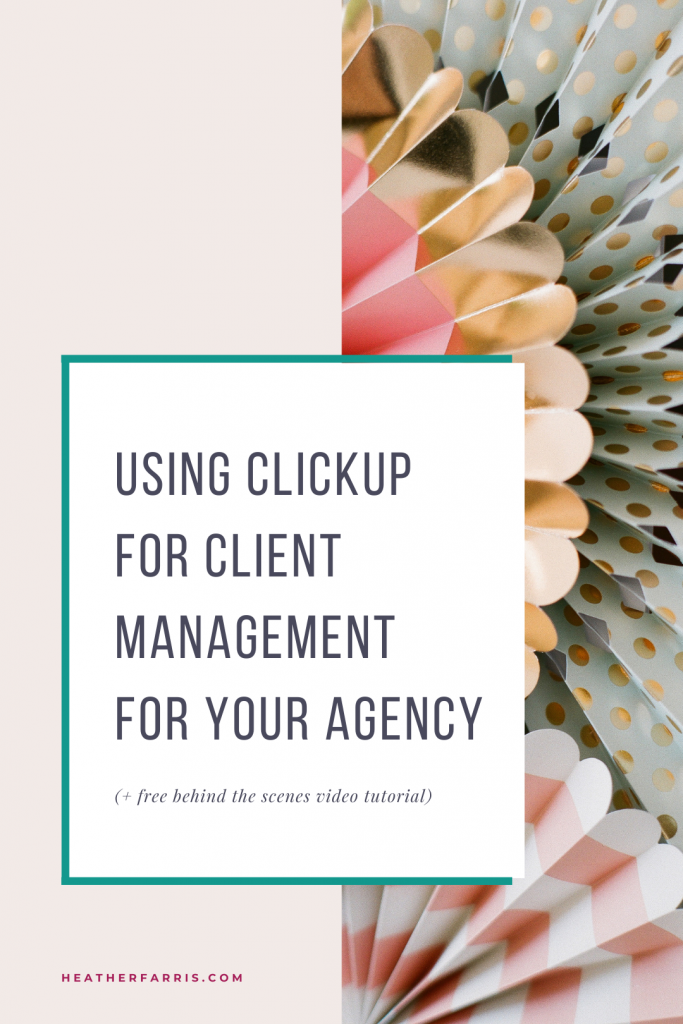

Heather Farris went to school for accounting and worked for years in banking and finance. After finding all of that entirely too boring she started her first blog in her basement in August of 2016. She has started 3 blogs in the marketing, motherhood and travel niches and used Pinterest to grow them all. She quickly became the go-to Pinterest strategist in her peer circles and has been implementing strategies, driving traffic and sales through organic and paid tactics for her clients. On this blog and her YouTube channel, as a renowned Pinterest marketing expert, she educates the public about clear and transparent marketing strategies to help them to grow on Pinterest and in other places online as a renowned Pinterest marketing expert.

